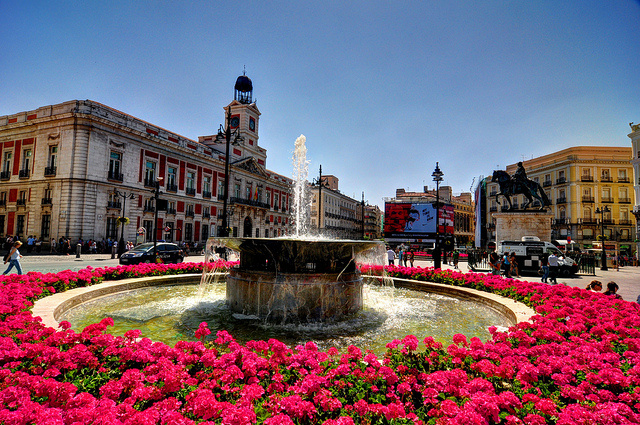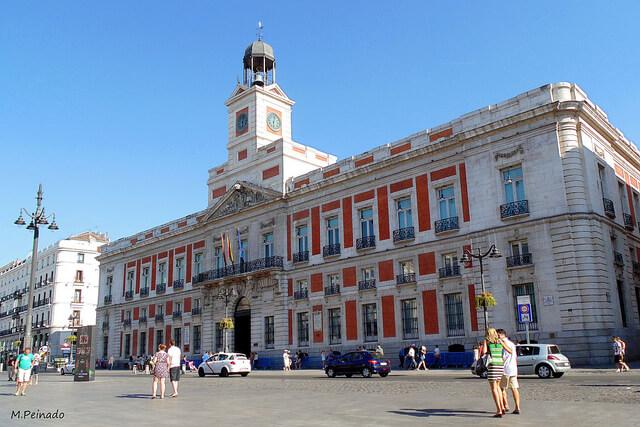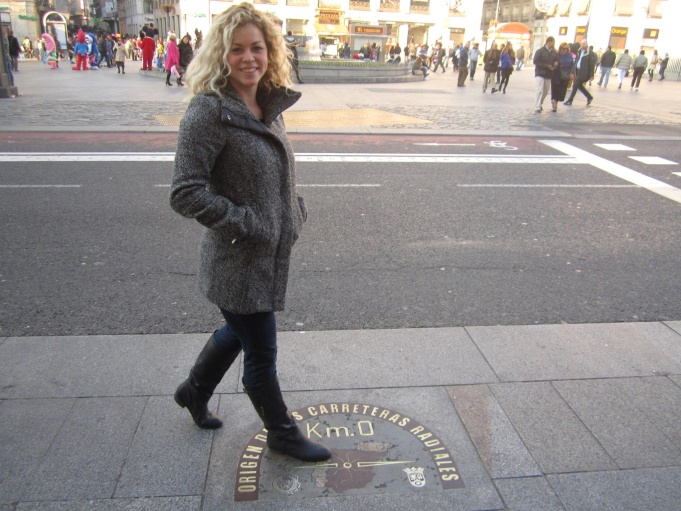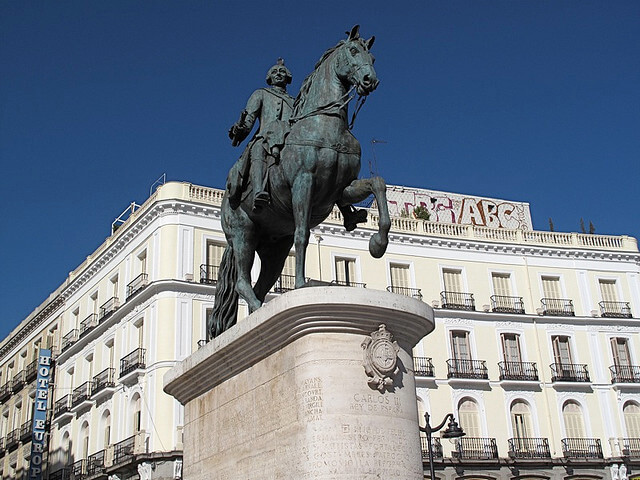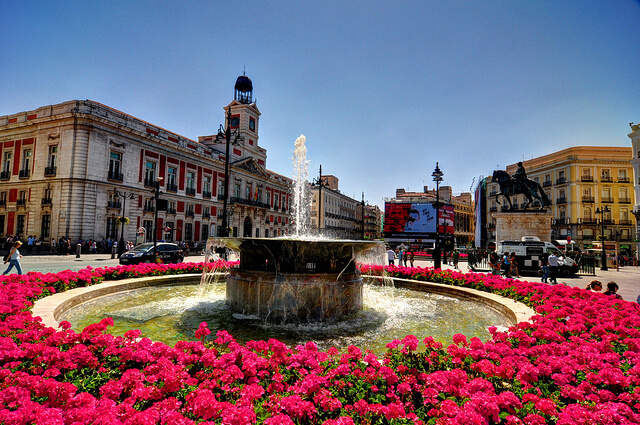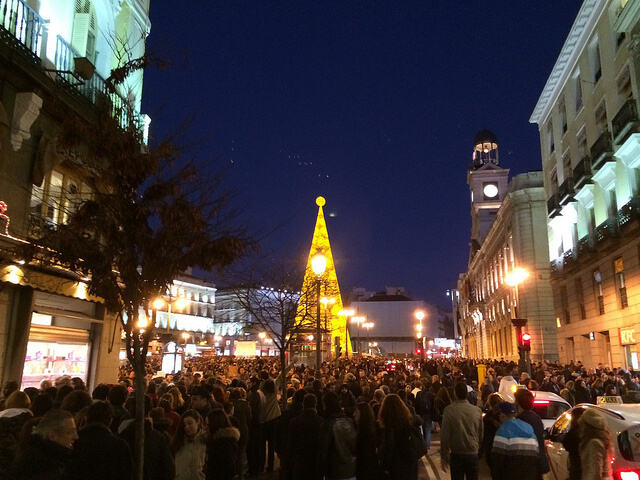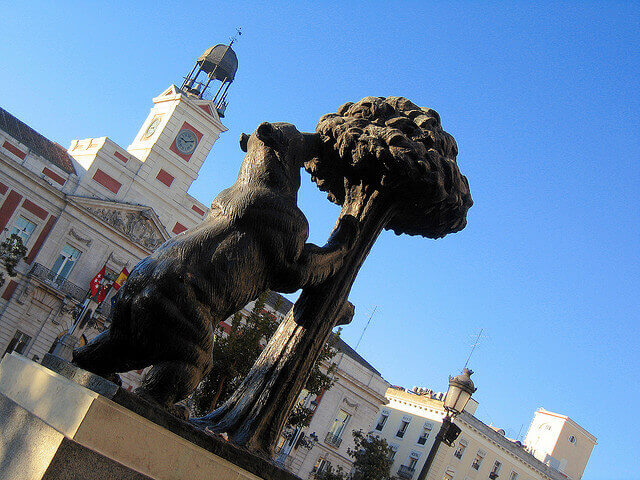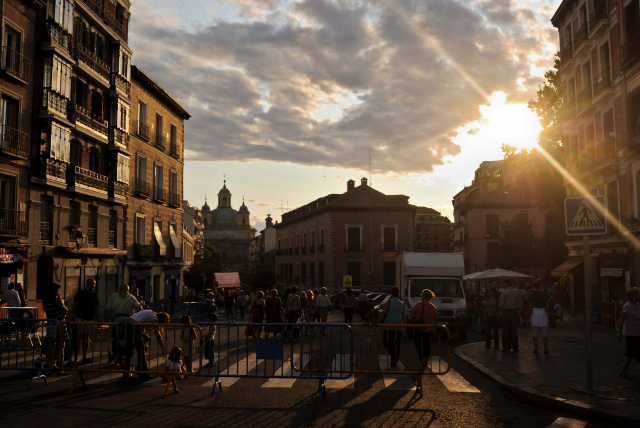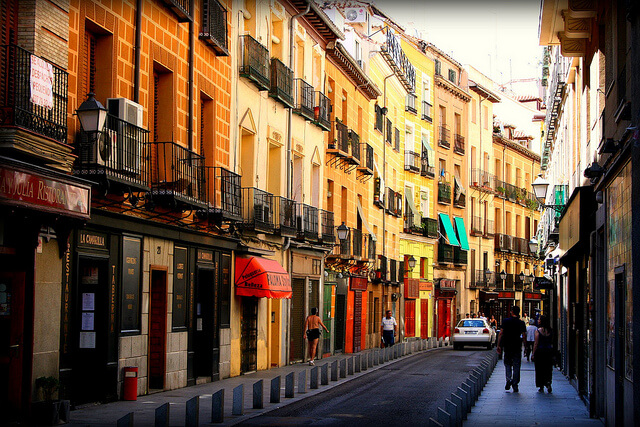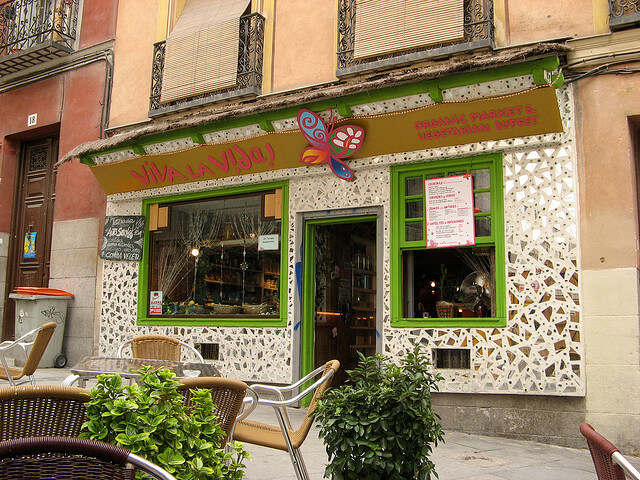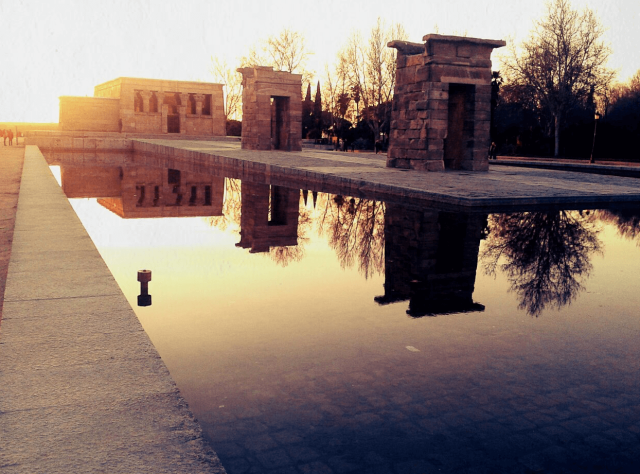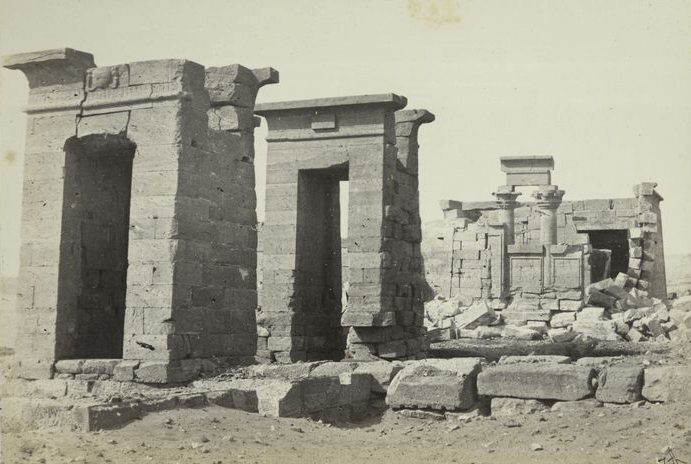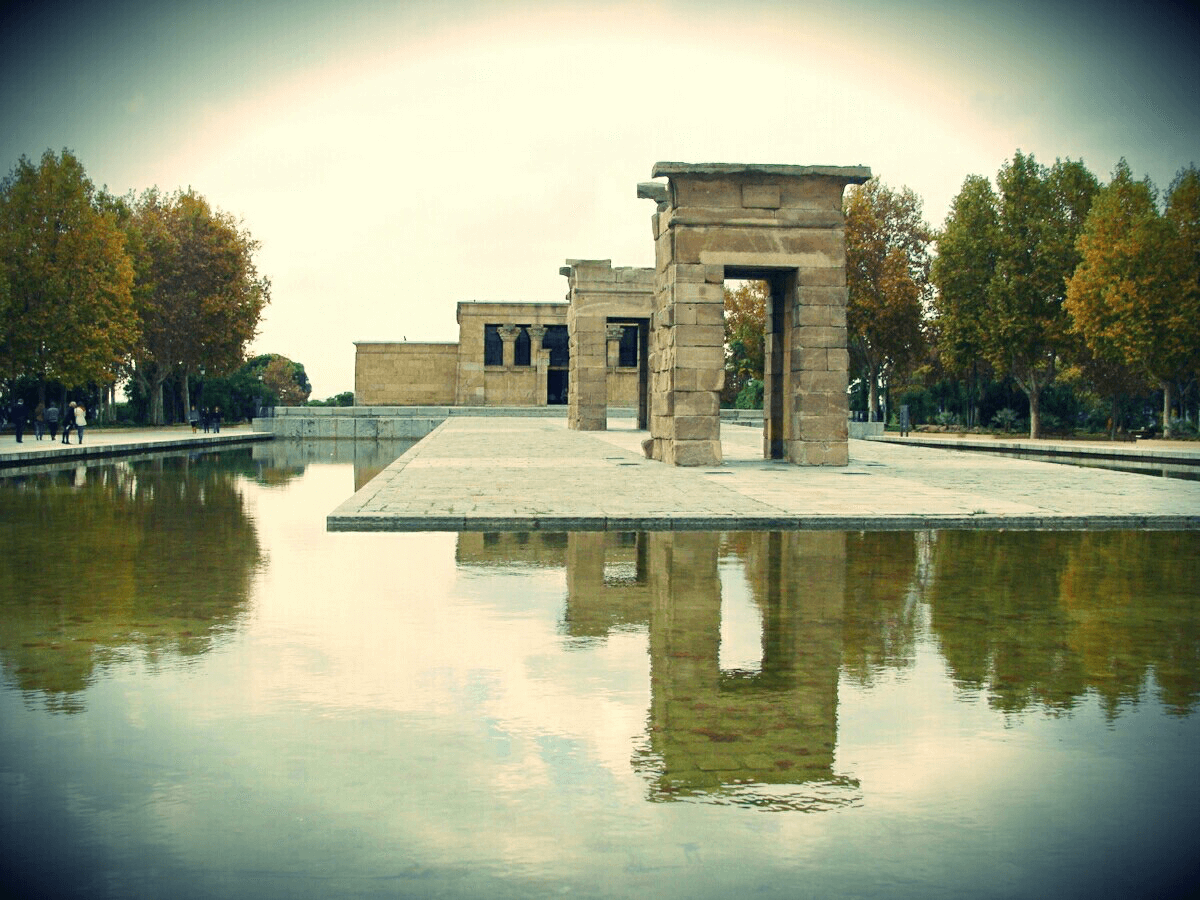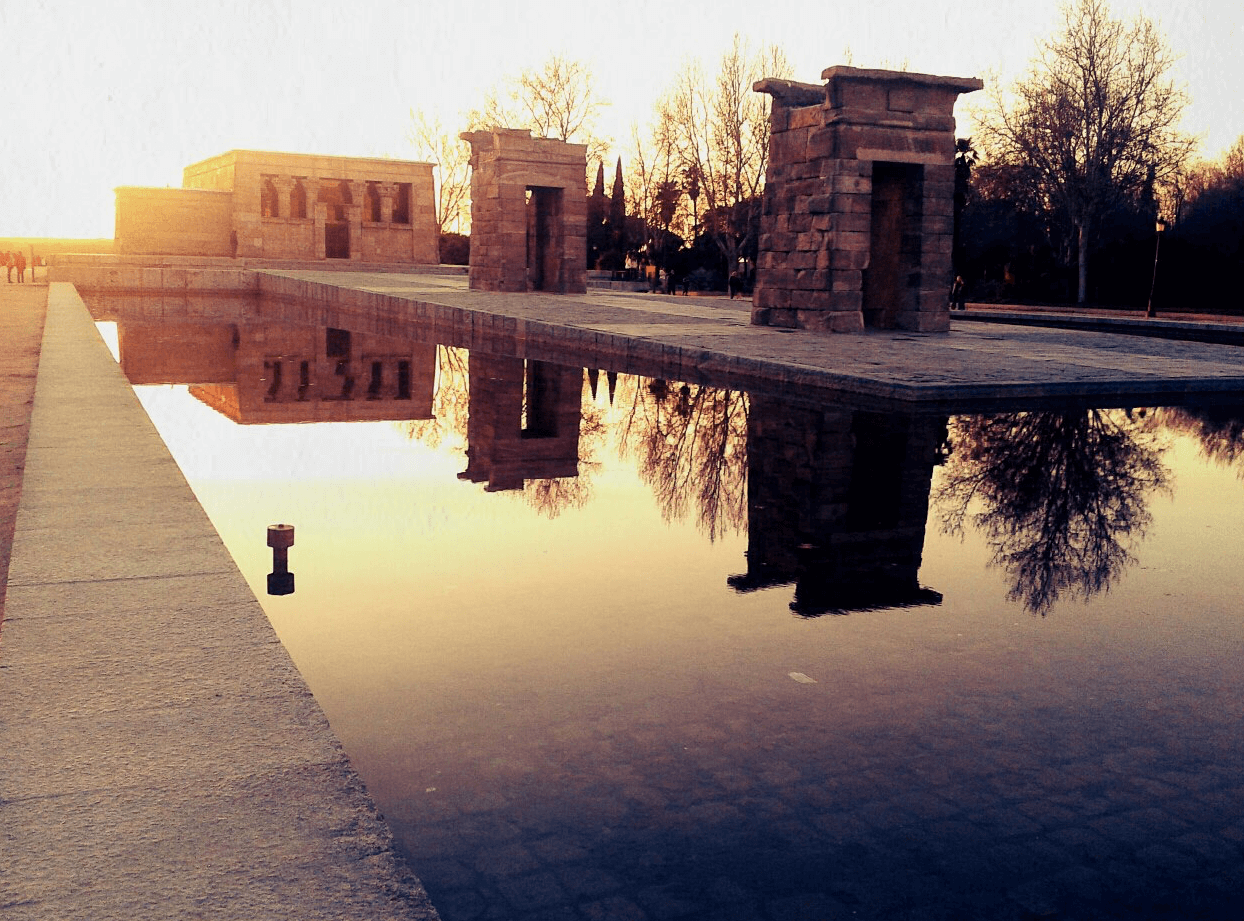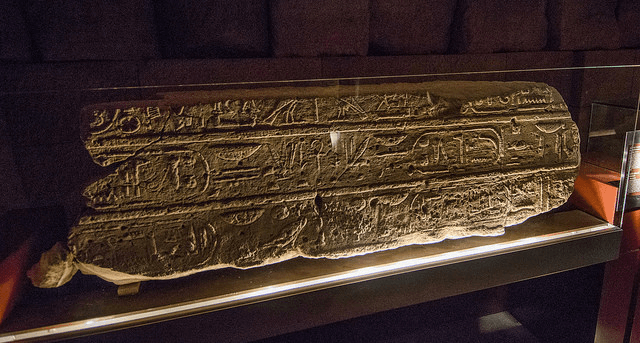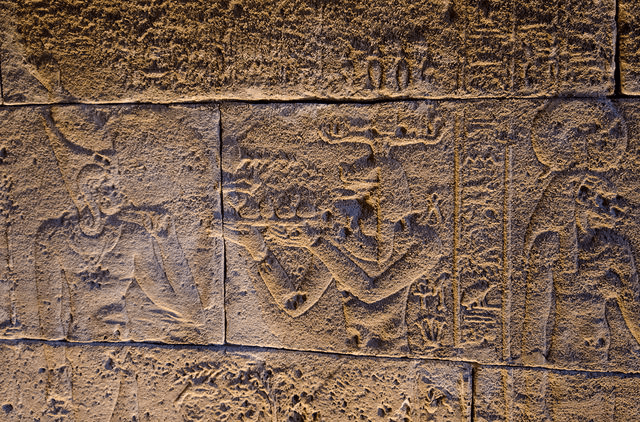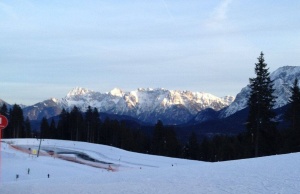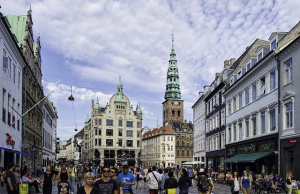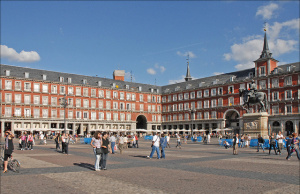A Rich History in Plaza Mayor
Just a short walk from Madrid’s iconic Puerta del Sol is another center of life in the Spanish capital: the Plaza Mayor.
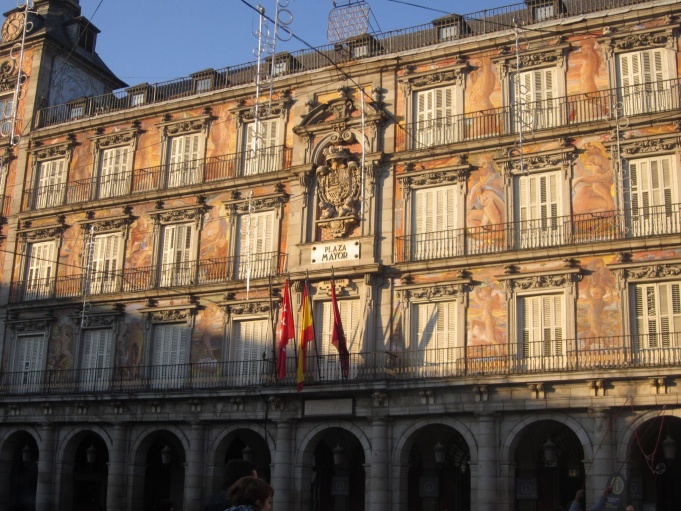 What Can You See at the Plaza Mayor Today?
What Can You See at the Plaza Mayor Today?
Today, the Plaza Mayor is an expansive space in the heart of the city center. Compared to the labyrinth of small, winding streets that lead up to the Plaza from many different directions, the open space is a welcome relief and literally, a breath of fresh air.
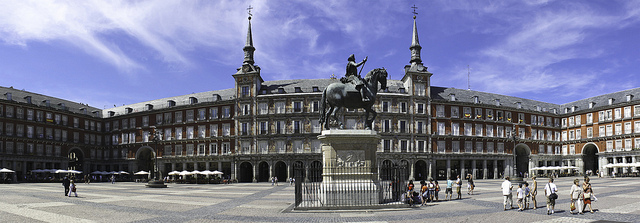
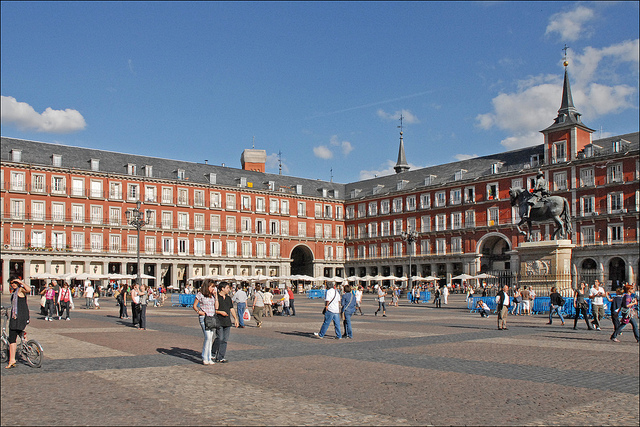
The Plaza is formed on all sides by three story buildings that serve a variety of purposes, from residential to business to the central Madrid tourist office. On the upper floors you will notice balconies, good for catching an afternoon breeze or checking out what’s going on below.
On the ground floor of these buildings there are typically a variety of Spanish-style restaurants with interior dining spaces. More popular, however, is to sit out at one of the outside tables admiring the atmosphere and watching the many different characters that entertain for money in the Plaza.
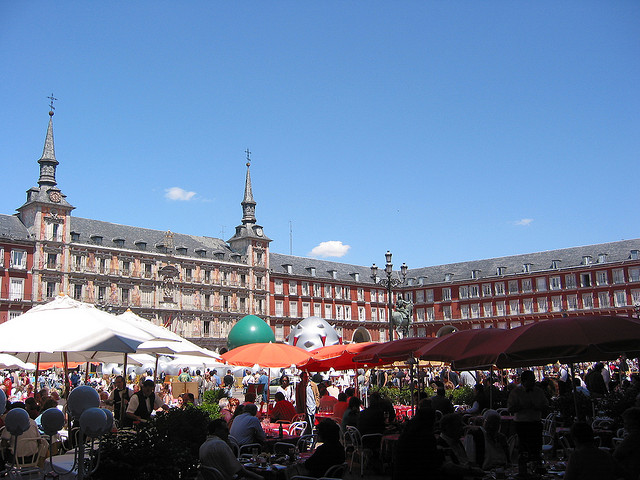
Though sitting out in the Plaza and enjoying a meal, some tapas or even a drink may sound like a great idea, it is actually super overpriced and from my experience the quality was definitely lacking. I would recommend instead spending a little time walking around the Plaza, then heading out one of the entrances towards less touristic neighborhoods with more reasonably priced tapas such as La Latina.
The Rich History of Plaza Mayor
The conceptions for the construction of the Plaza date back to 1577 when Philip II asked renowned Classical architect Juan de Herrera to remodel the existing Plaza del Arrabal. Construction did not begin until 1617, and was finished by Juan Gómez de Mora in 1619.
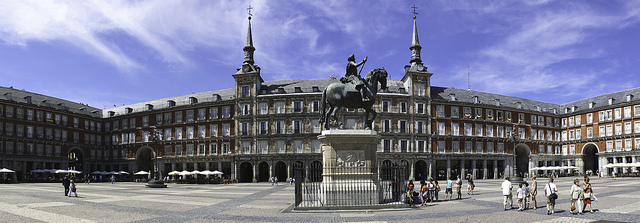
As the Plaza Mayor has been around for nearly 400 years, you can imagine it has seen its fair share of historical events. The first ceremony to take place was the beatification of San Isidro Labrador (San Isidro the Farm Laborer), Madrid’s patron saint.
From there, it served as the location for bullfights (typically in celebration of marriages or other events), as well as the autos-da-fé (the ritual condemnations of heretics during the Spanish Inquisition, followed by executions such as burning at the stake or hangings. The burnings turned out to not really be a great idea, when a fire largely destroyed the plaza in 1790. The Plaza Mayor that we see today is from the architect Juan de Villanueva, who reproduced it in 1790 following the destruction.
Throughout the years, the Plaza Mayor has also gone under a variety of names such as Plaza de la Constitución, Plaza Real, Plaza de la República and back to the Plaza Mayor.
Events in the Plaza Mayor Today
Today, the Plaza serves as a location for events such as a holiday market, concerts and other traditional parties and festivals. We went to a delicious Jamón (Spanish Ham) festival a few years ago that definitely didn’t disappoint!
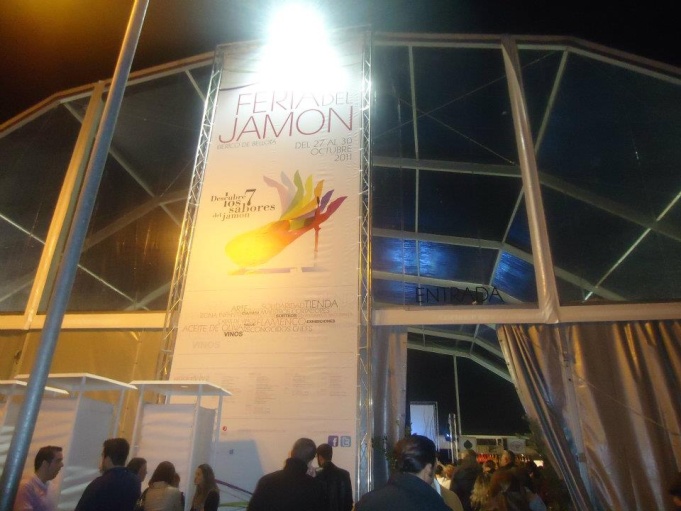
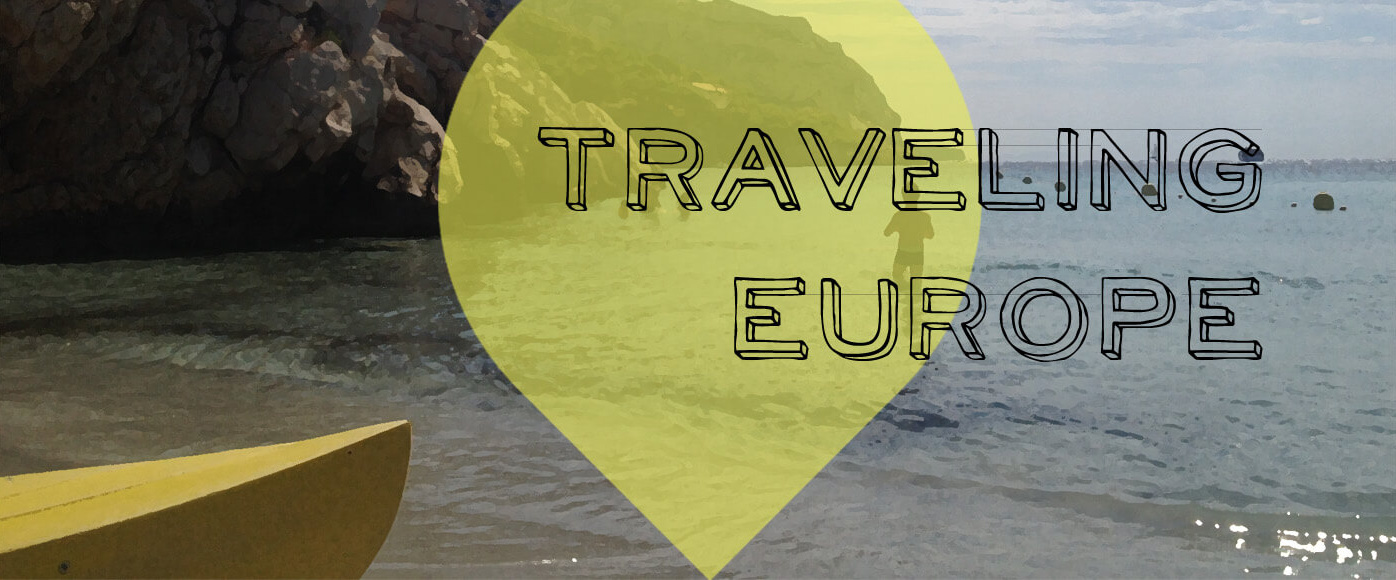

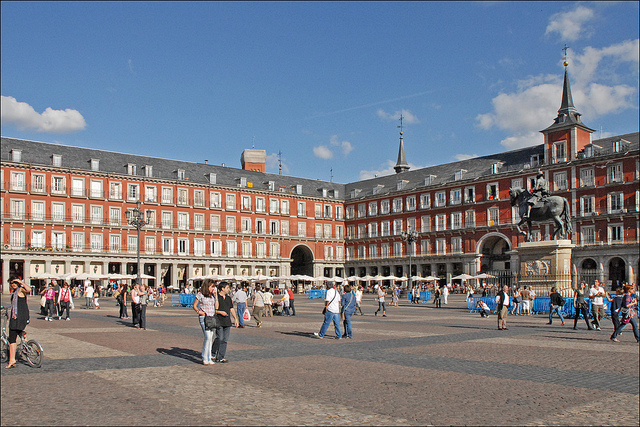
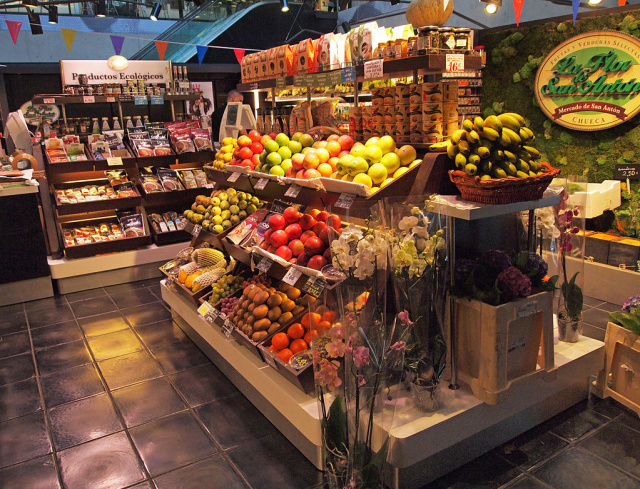
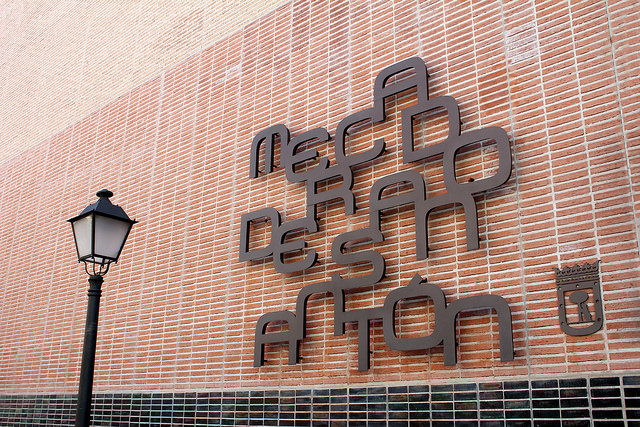
![Fruit section. By Tiia Monto (Own work) [CC BY-SA 3.0 (http://creativecommons.org/licenses/by-sa/3.0)], via Wikimedia Commons.](https://travelingeurope.biz//wp-content/uploads/2015/12/Fruit-section-Mercado-de-San-Anton-681x520.jpg)
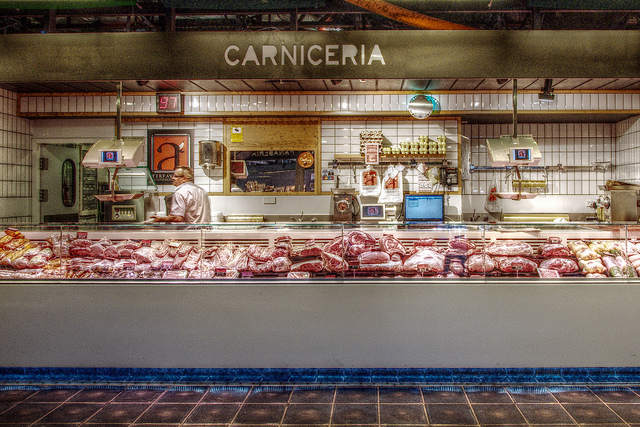
![Interior view of the Mercado de San Anton.By Benjamín Núñez González (Own work) [CC BY-SA 4.0 (http://creativecommons.org/licenses/by-sa/4.0)], via Wikimedia Commons.](https://travelingeurope.biz//wp-content/uploads/2015/12/Interior-view-of-the-Mercado-de-San-Anton-681x511.jpg)
